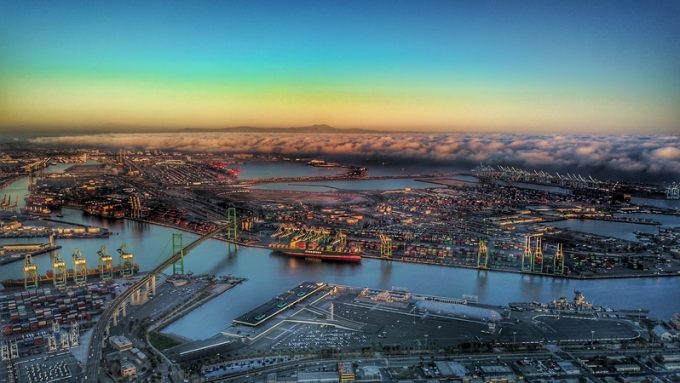Peak season or recession? Forwarders and shippers need to 'stay flexible'
Transpacific contract negotiations appear to be held in a holding pattern, with few to no ...

As Asia-US demand continues to surge, BCOs are struggling to ship contracted cargo and are increasingly turning to NVOCCs to support their fractured supply chains.
Anecdotal reports to The Loadstar suggest carriers are finding spurious reasons to refuse the release of equipment at depots in China, in addition to rolling contracted containers without notice.
“It’s a no-brainer really,” one Shanghai-based forwarder told The Loadstar. “Carriers can get four times the price for a spot booking and, with a few exceptions, they are ...
MSC Elsa 3 sinking – now the 'blame game' begins
After DSV 'cuts the cake' on Schenker acquisition, time for redundancies?
Congestion fear as US west coast ports brace for transpacific cargo surge
Bad news for shippers as wave of transpacific rate increases continues
Houthis claim Red Sea safe for box ships not calling at port of Haifa
Shippers hold their breath as Trump appeals court ruling that tariffs are illegal
No deals with carriers, say Houthis – Red Sea safe for non Israel-affiliated ships
Schenker's Shirley Sharma Paterson moves to K+N as global head of sales

Comment on this article